I met Tito while walking around downtown Miami during my lunch break. I passed by him and I noticed that he was writing mathematical formulas. I couldn't resist my curiosity and I turned around to ask him about what he was doing. I asked him if he was a scientist or a mathematician and he replied to me telling me this: "No I'm not, but I'm working on my mathematical formulas in order to solve the problems of the world..." I was in shock and I asked him to elaborate on his theory and he gave me a brilliant explanation about world history, history of humankind, racism, world problems, etc. I listened to him in awe and while I could not photograph his "formulas" since he did not want "to share his theory", I was able to photograph him. Brilliant man..., unfortunately who knows how he ended living on the streets.
Graffiti...
New developments...
Shadows inside the Stephen P. Clark Government Center...
Details...
Shadows...
Downtown Farmers Market
Downtown Miami viewed from the 25th floor of the SPCC building...
After the rain, reflections are a work of art...
Architectural details of historical buildings
Downtown buildings reflection
Photo taken on 09/30/2015
Photo taken on 11/18/2014
Photo taken on 4/4/2014
Photo taken on 12/12/2014
A view of Downtown from Metromover's Third Street Station
Olympia Theater - Downtown Miami's Historic Performing Arts Center
Tucked into Miami’s contemporary skyline is an enchanting Mediterranean courtyard with shimmering stars and golden balconies. Majestic turrets and towers suggest another era when performances were events, and grand theaters provided a dreamlike escape from the modern world.
The Olympia Theater opened in 1926 as a silent movie palace and amazed the public with its stunning Moorish architecture, perfect acoustics and simulated night sky, complete with wafting clouds and twinkling stars. It also achieved fame as the first air-conditioned building in the South. The “talkies” and Vaudeville soon arrived at the Olympia, and for more than 40 years the theater was the number one entertainment center in Miami. It was one of the last theaters in the country to showcase Vaudeville acts.
Throughout its history, the Olympia has been host to the world’s most exciting performers in the arts and entertainment community. Cultural icons such as Elvis Presley, B.B. King, Luciano Pavarotti and Etta James have provided memorable evenings under the Olympia Theater's stars. The theater has also hosted today’s best-known pop stars and is a favored venue for concerts. In 1975, South Florida business tycoon and philanthropist Maurice Gusman saved the aging theater and adjacent Olympia Office Building from demolition then donated them to the City of Miami in 1975. The theater owes its distinctive character to architect John Eberson, the master of “atmospheric” theater design, and it is one of the few Eberson theaters around the world still standing.
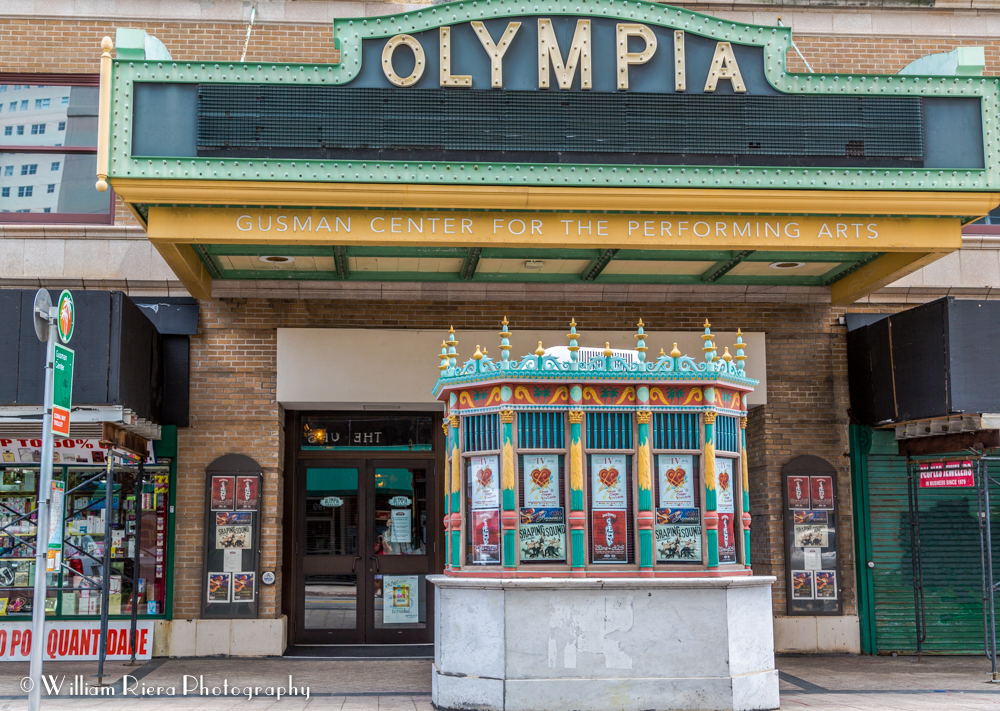
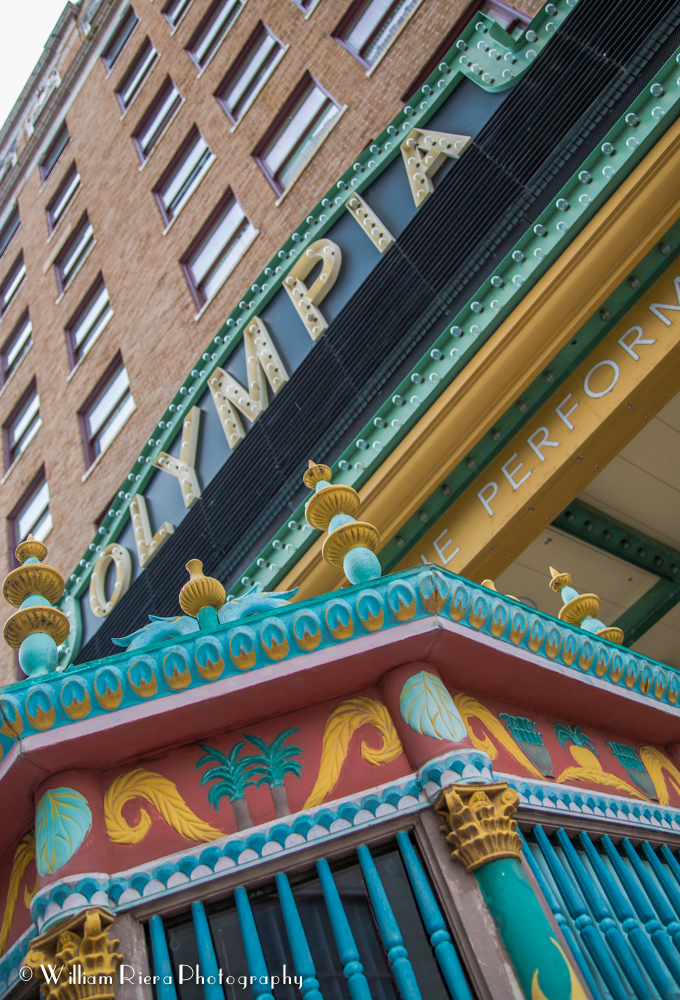
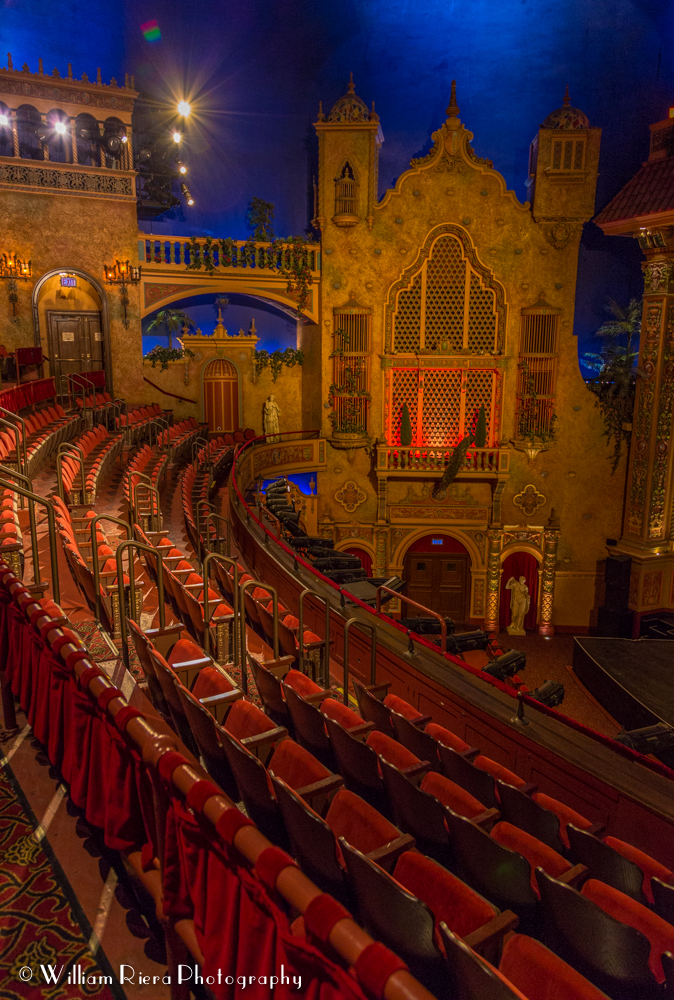
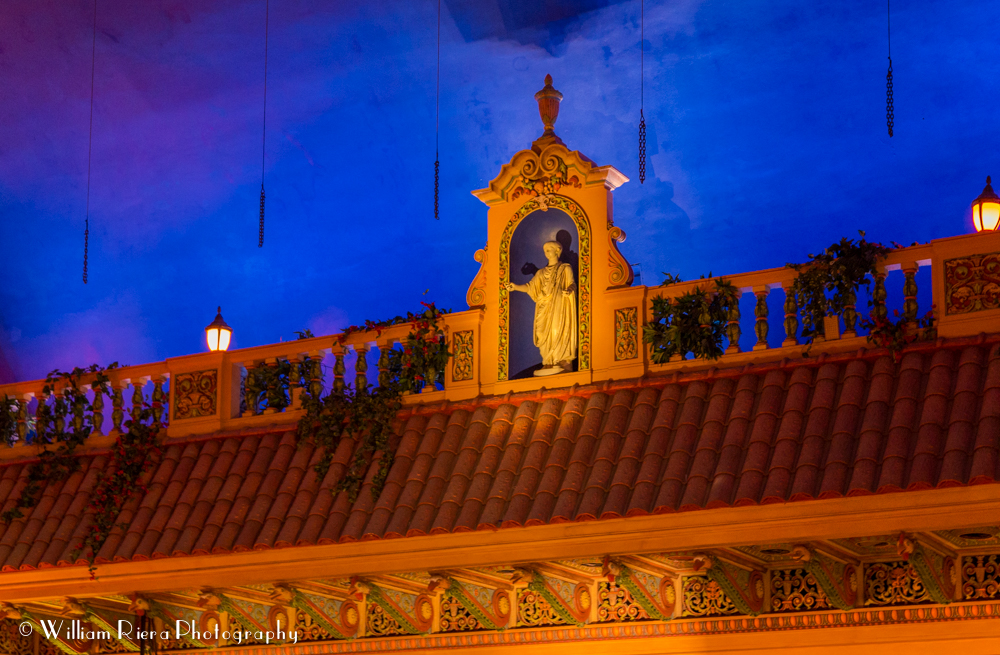

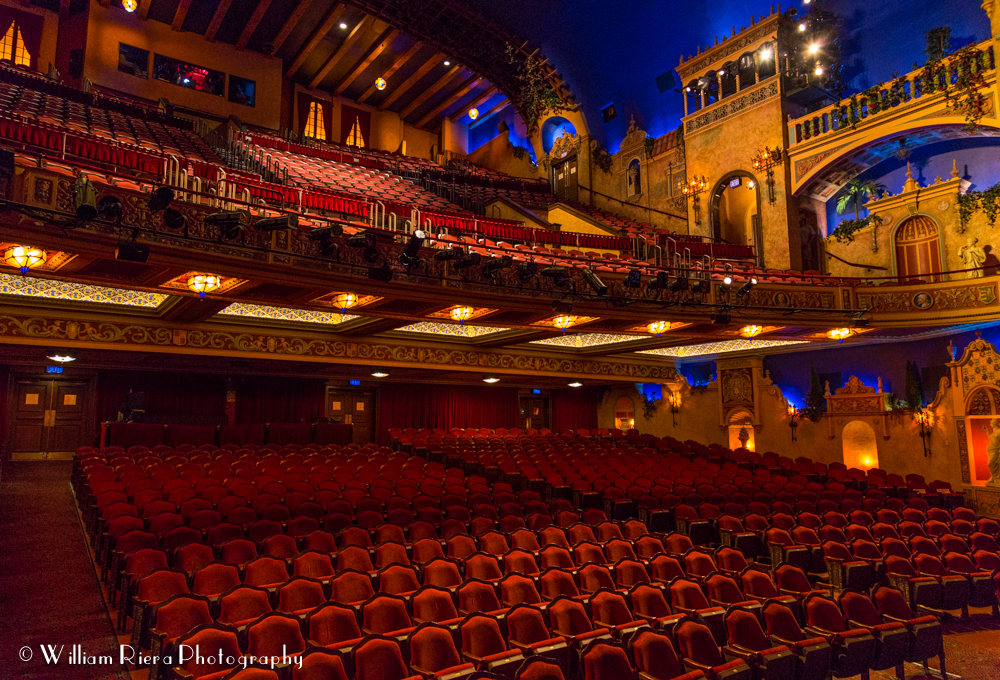
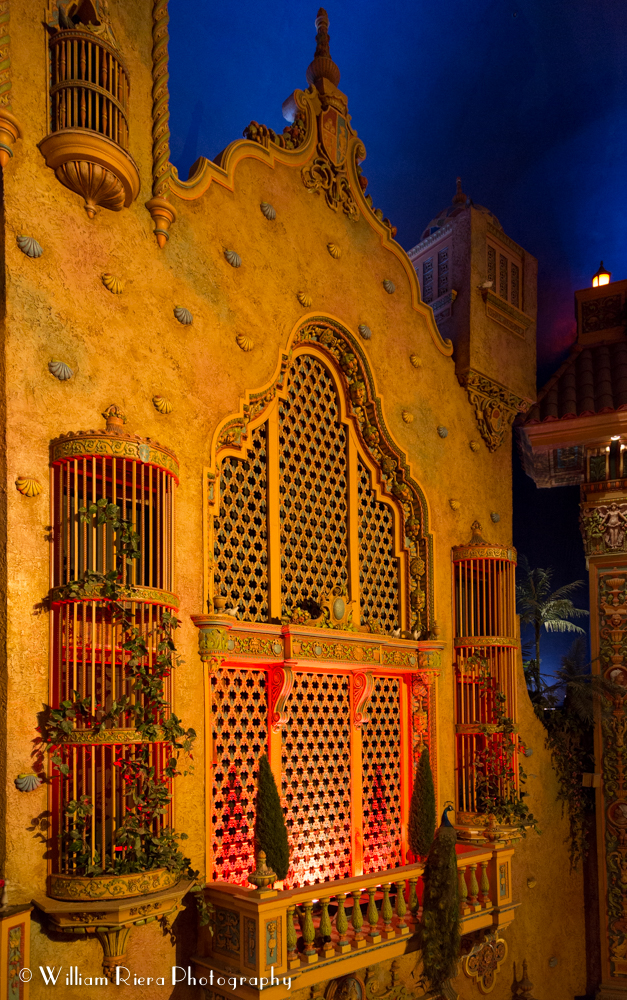
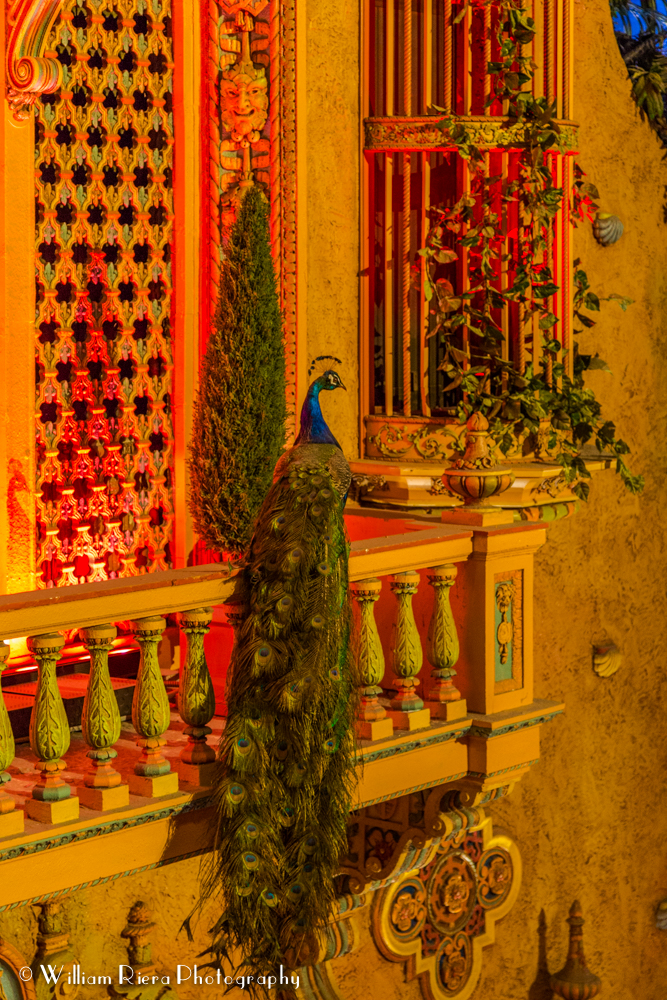
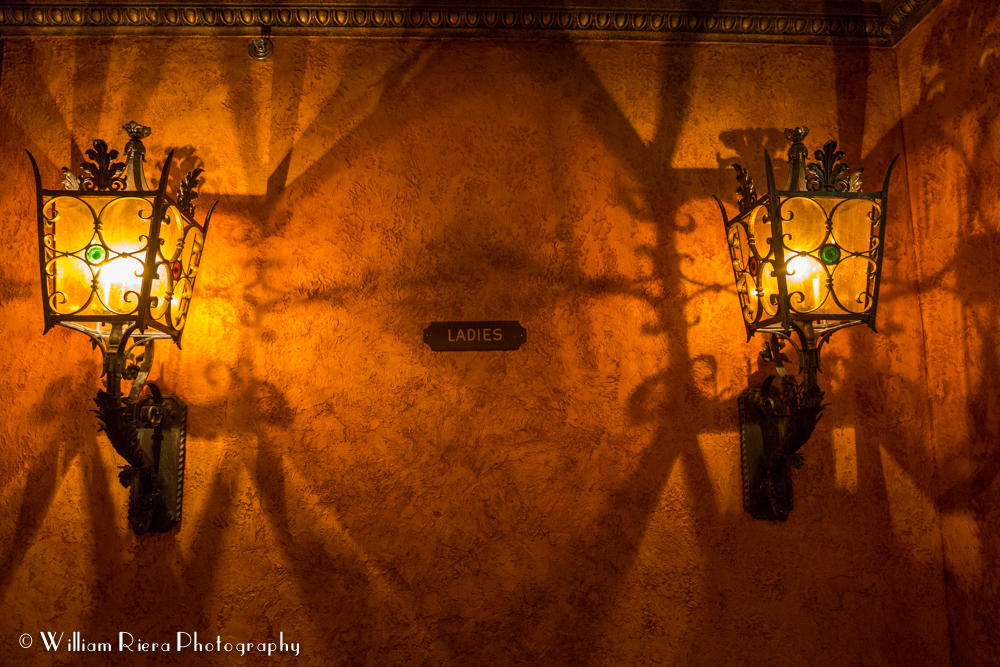
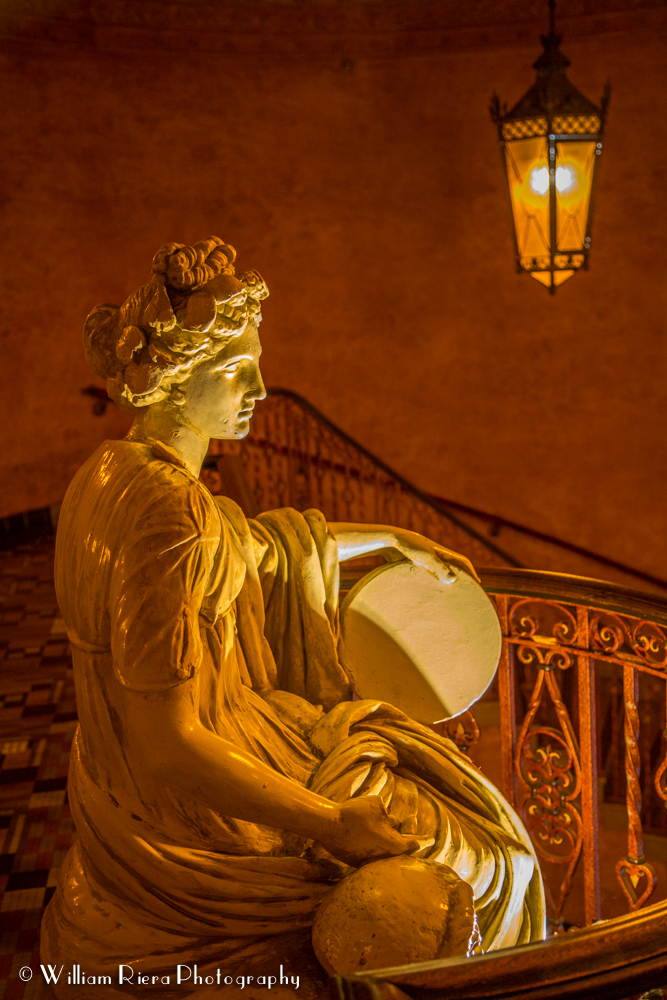
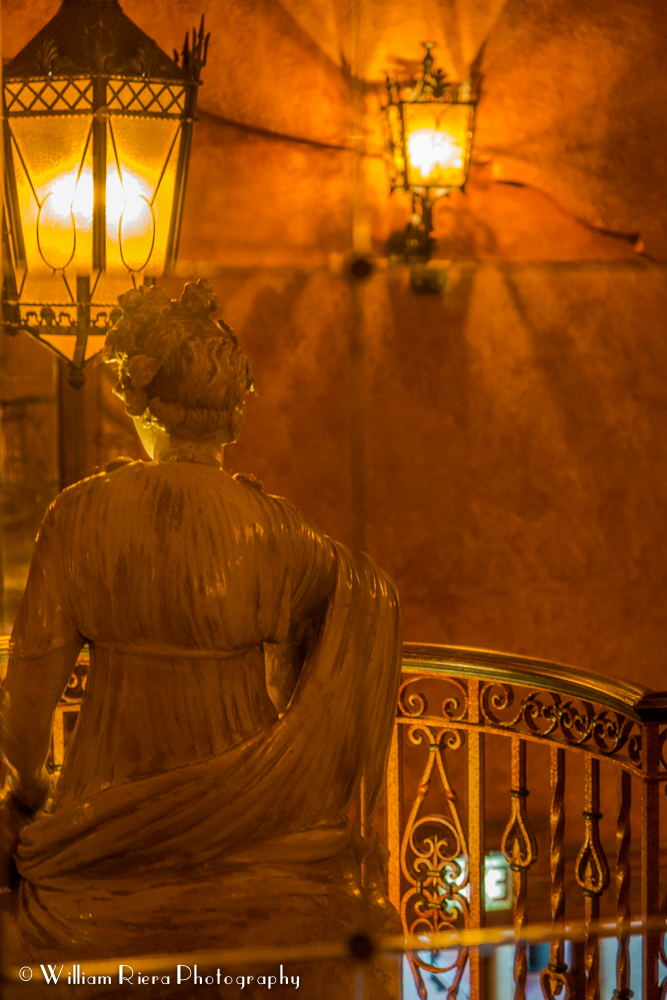
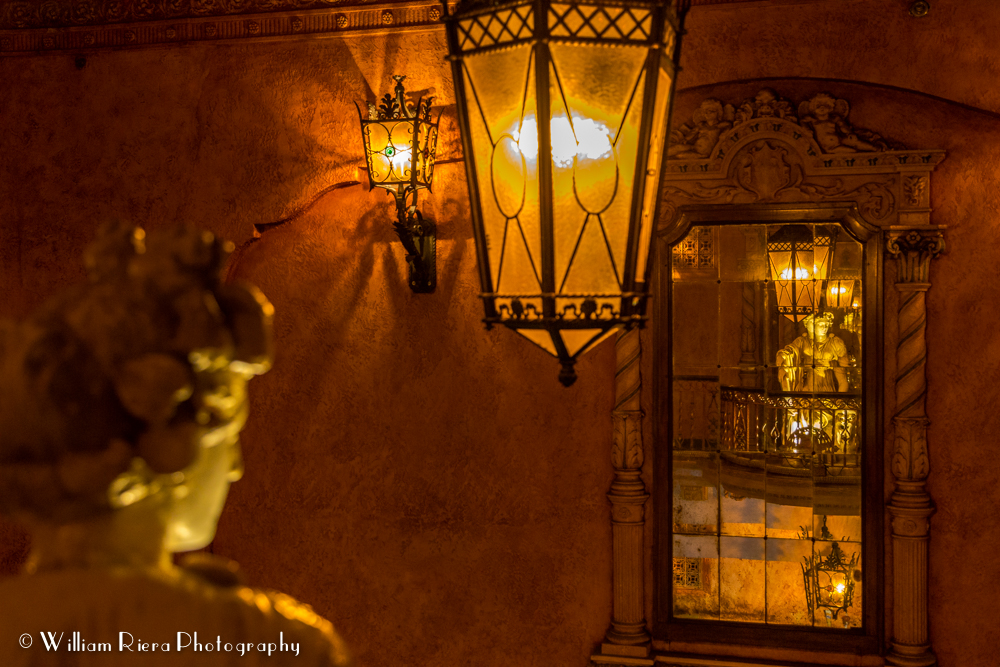
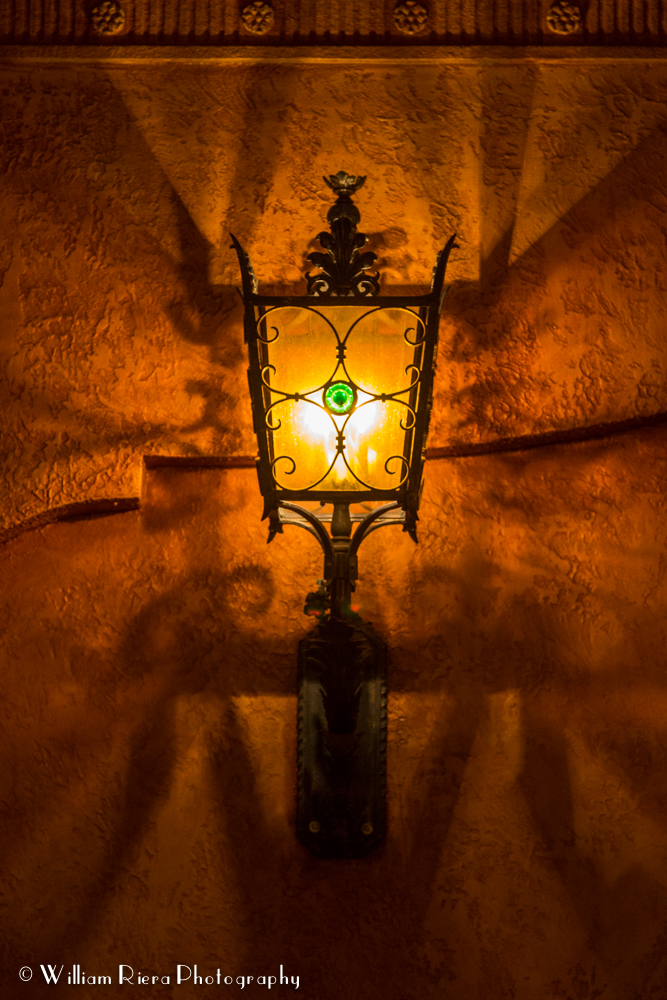
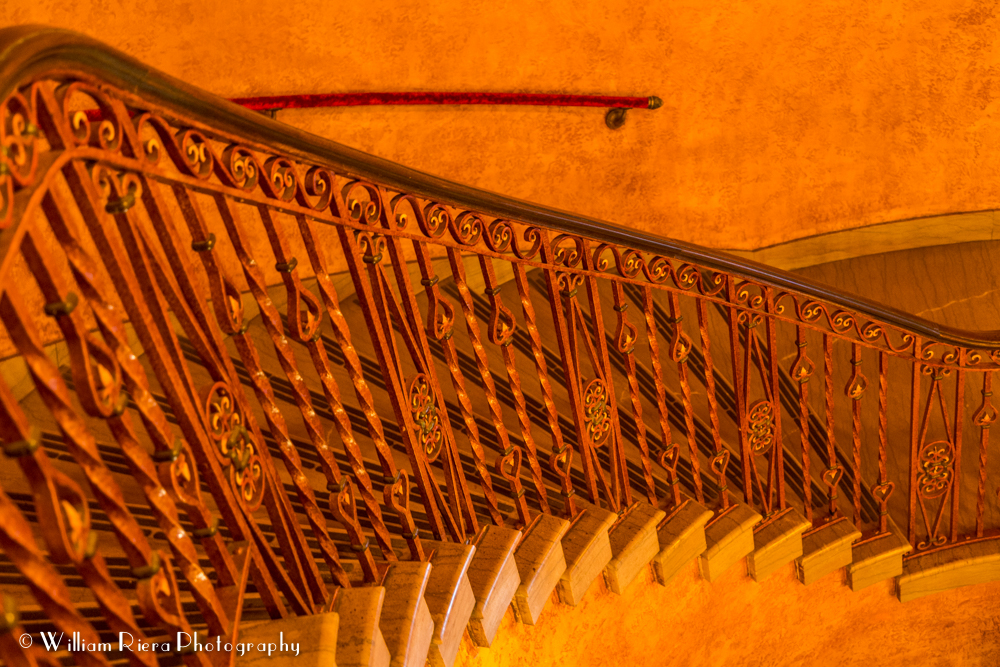
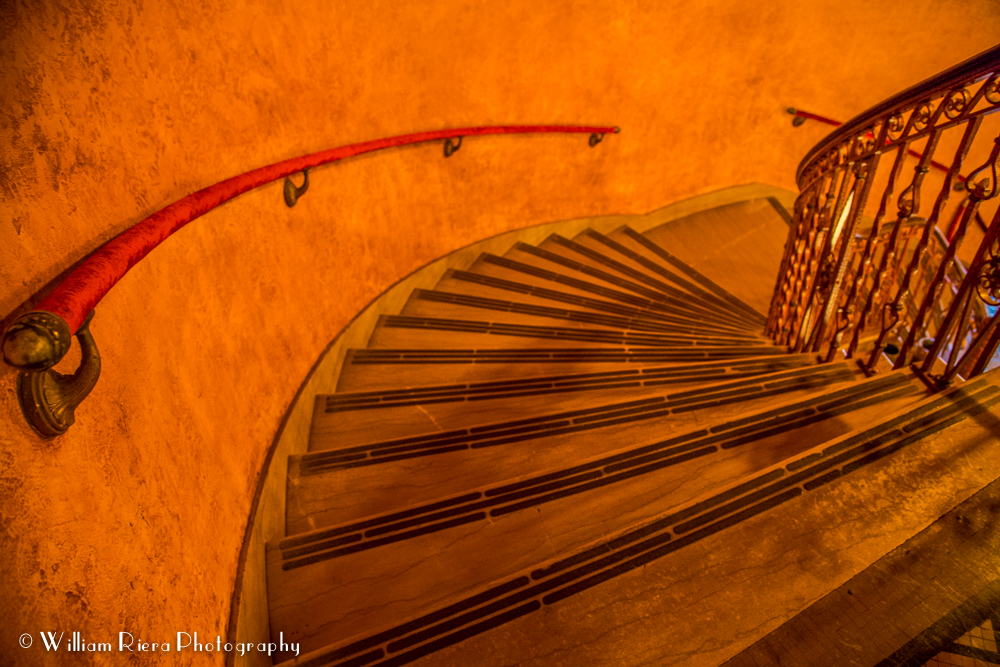
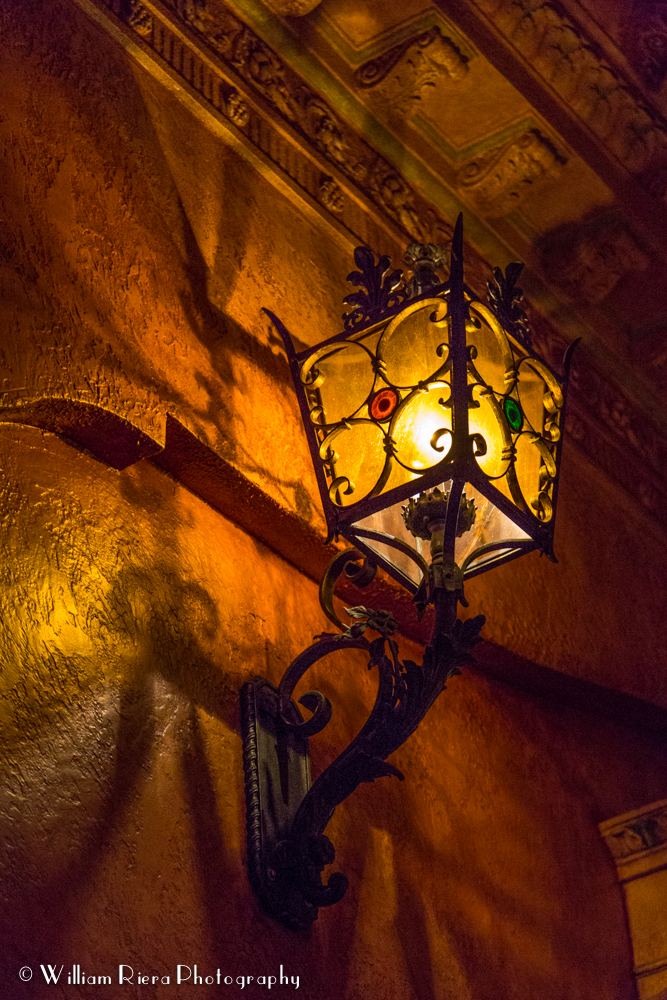
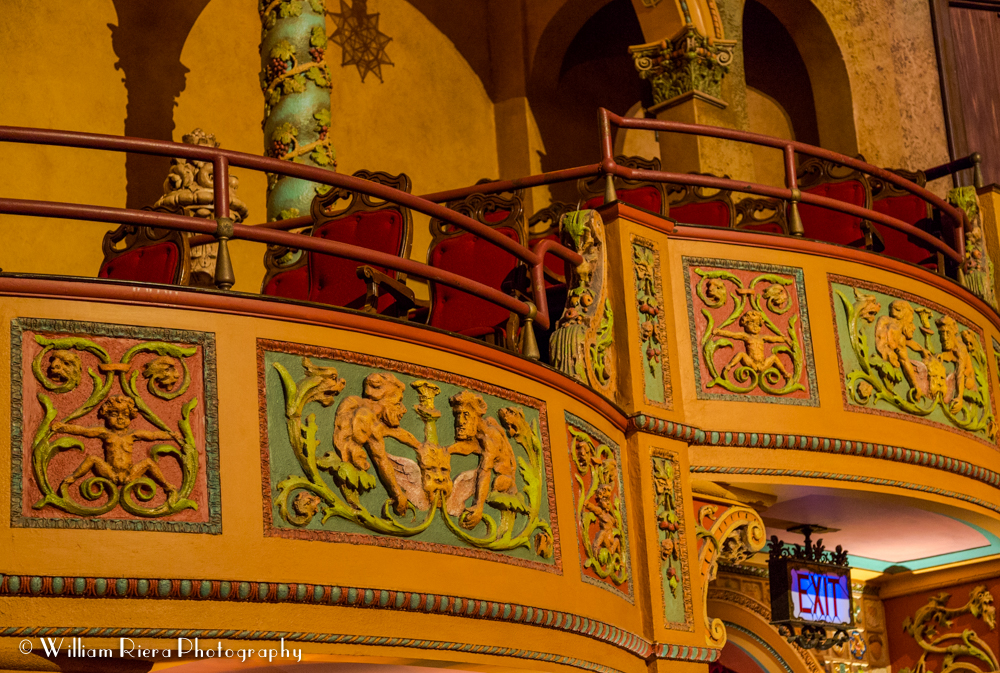
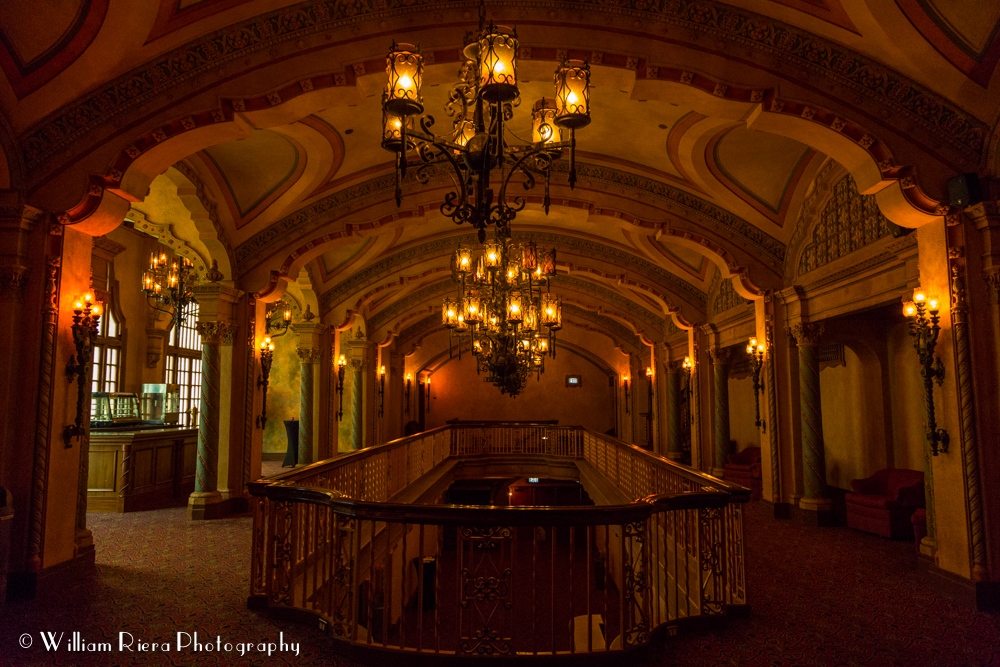
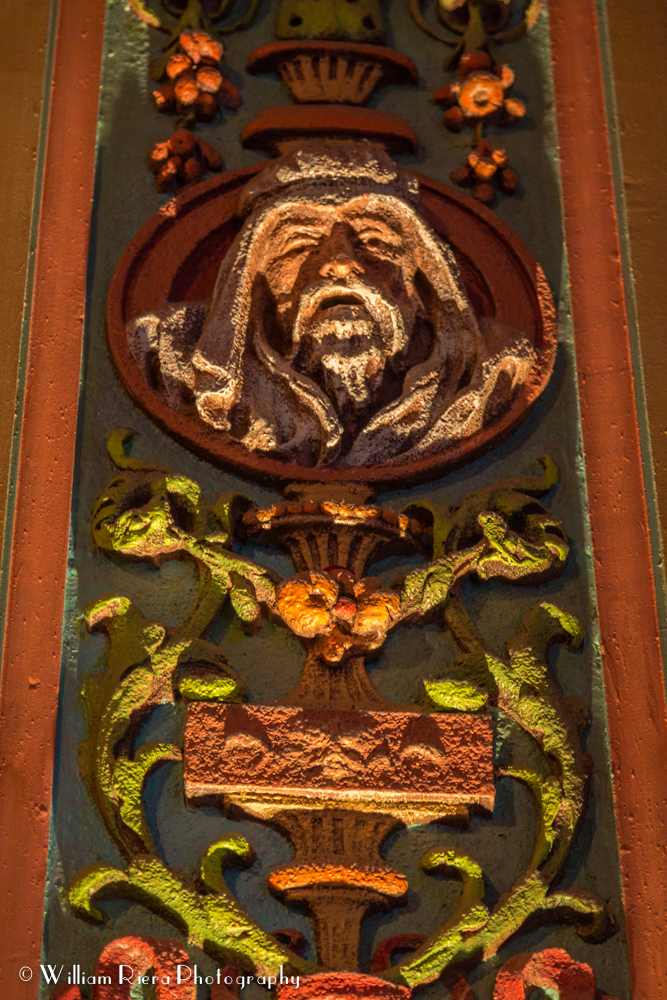
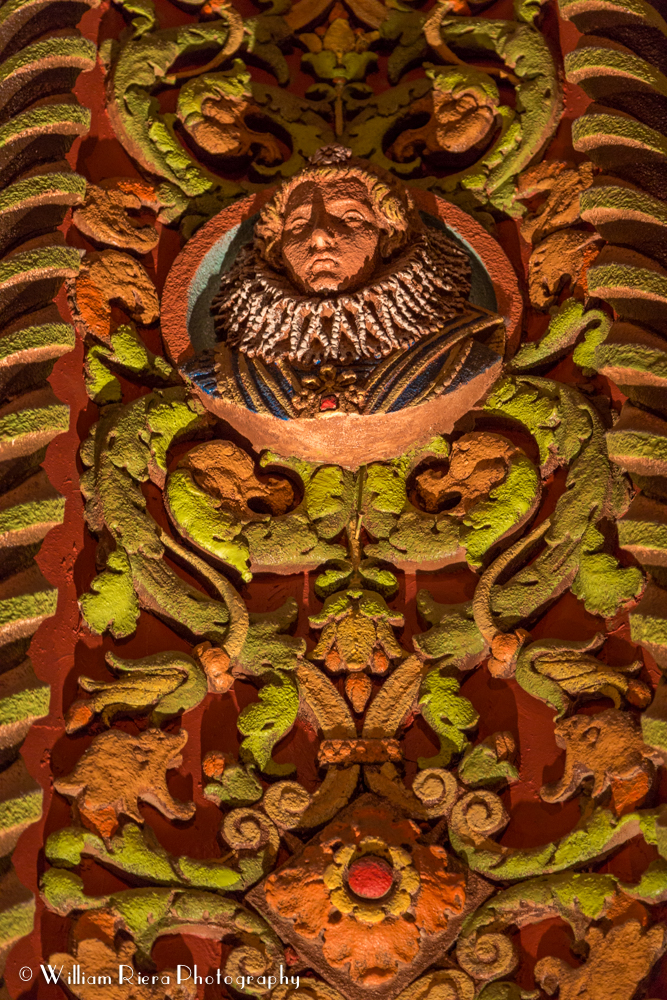
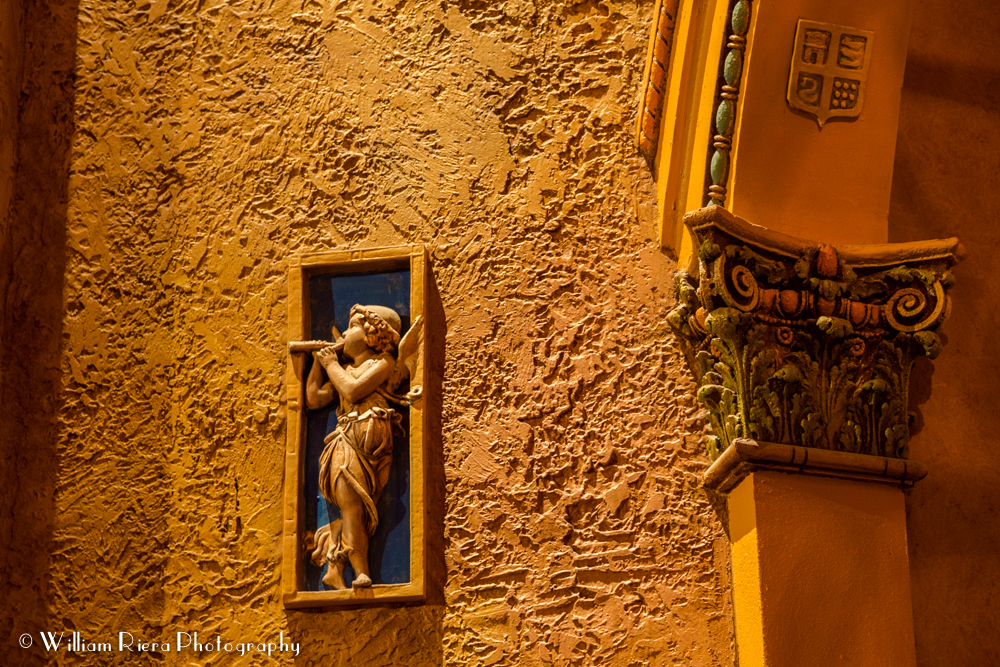

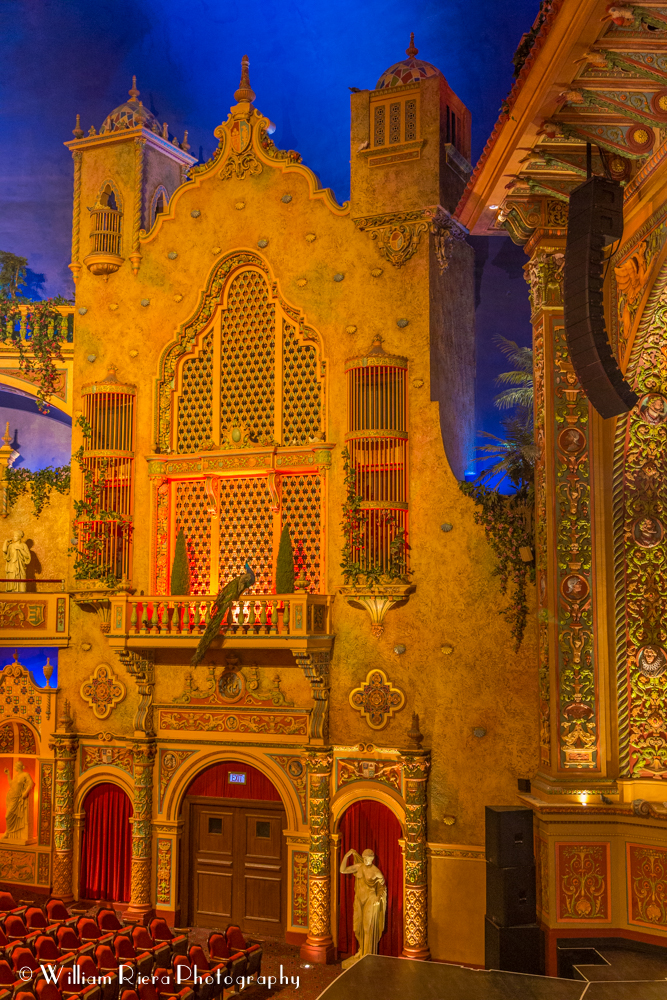
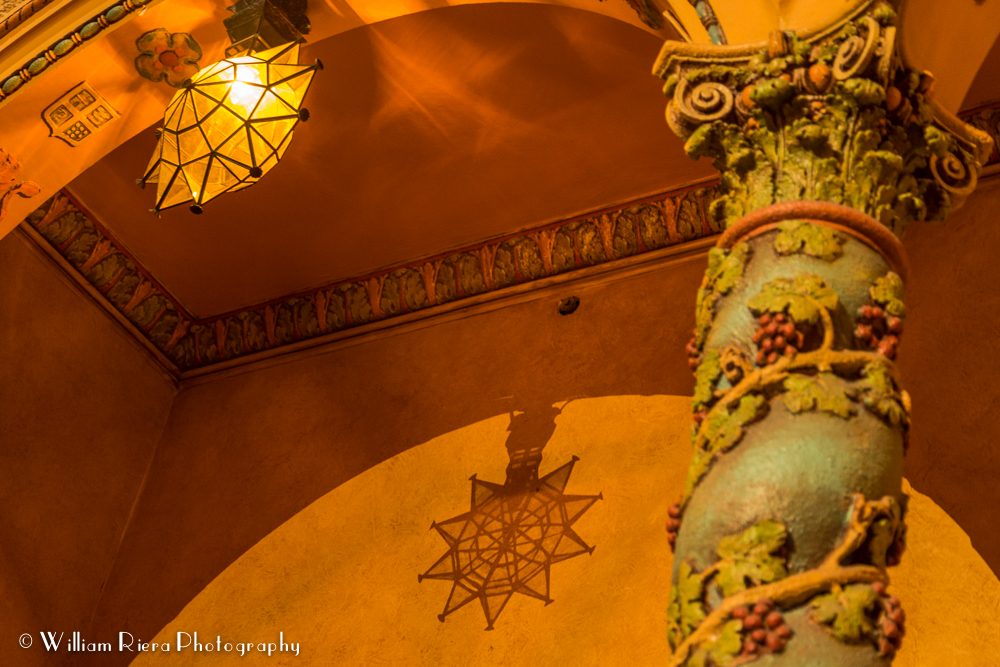
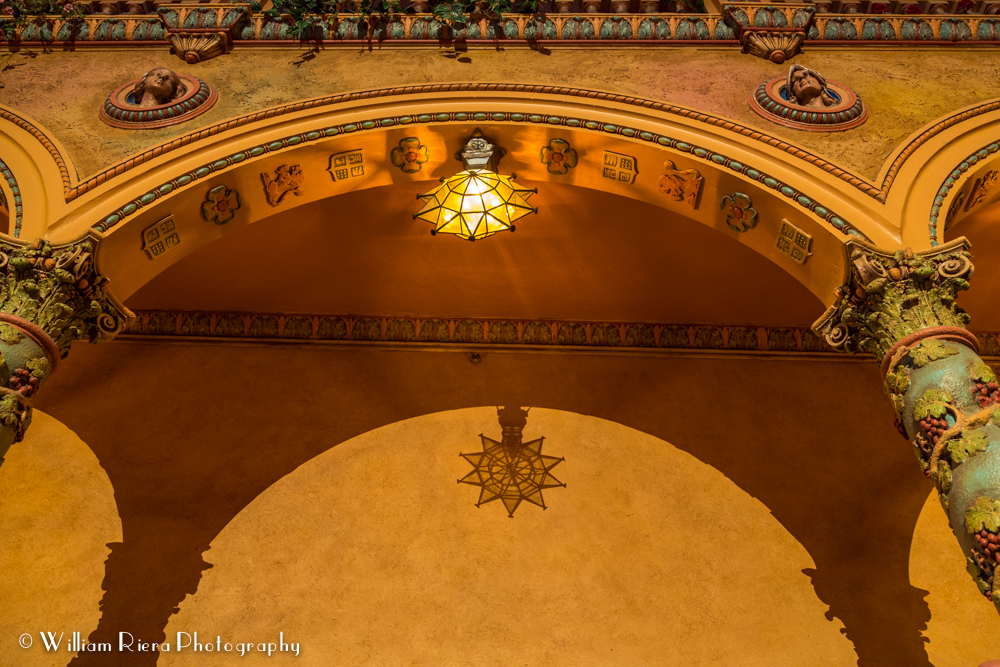
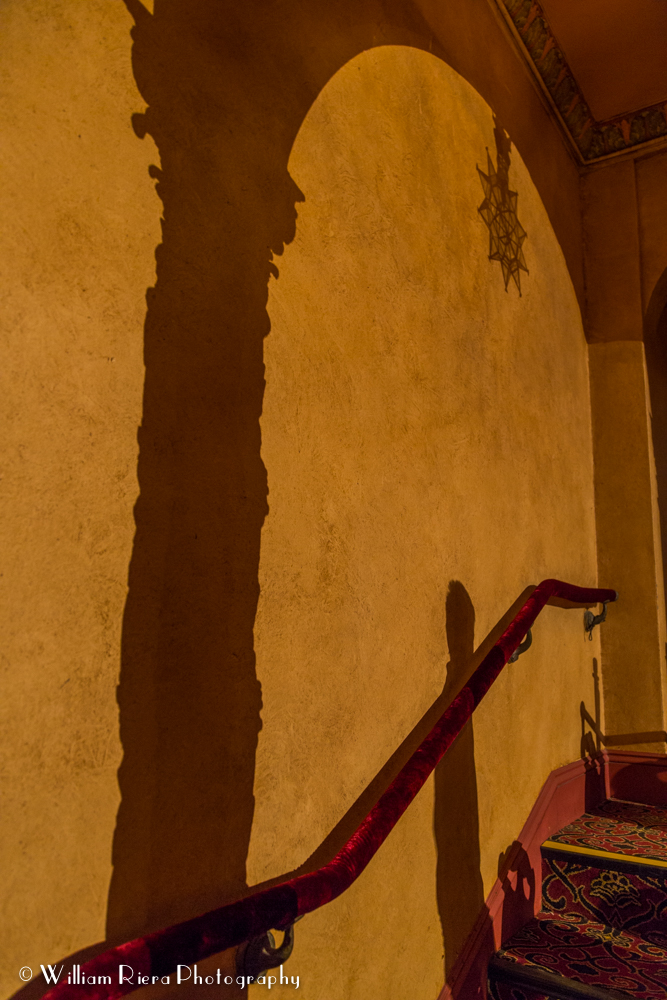
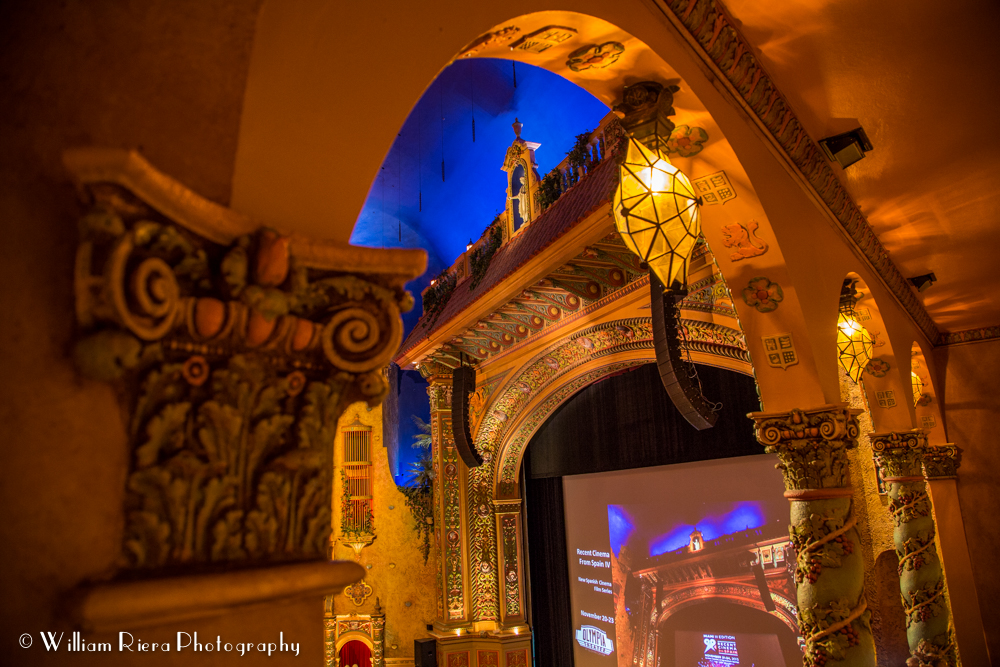

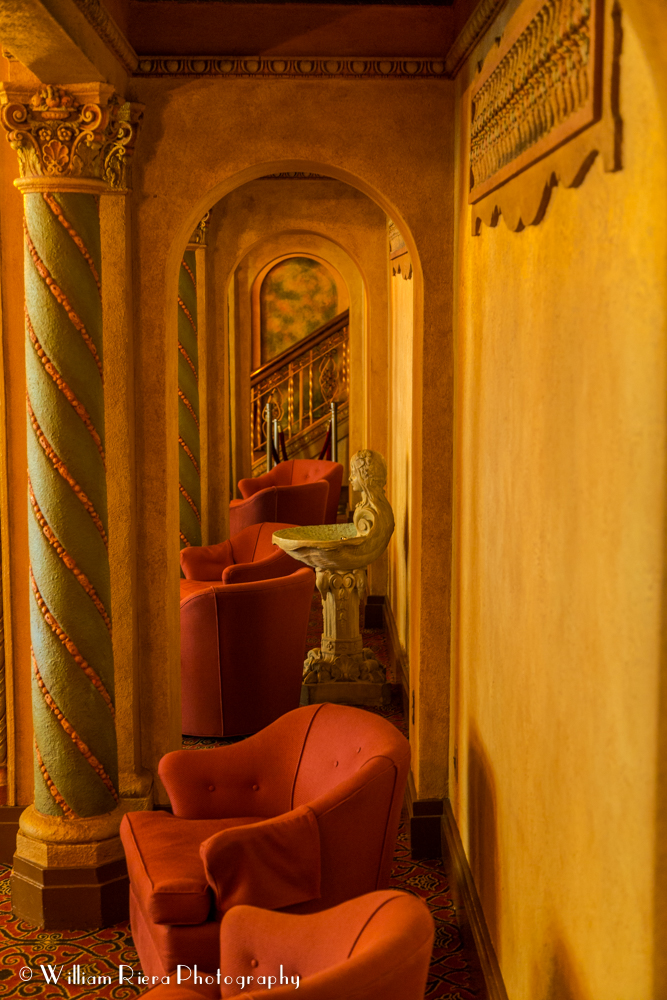
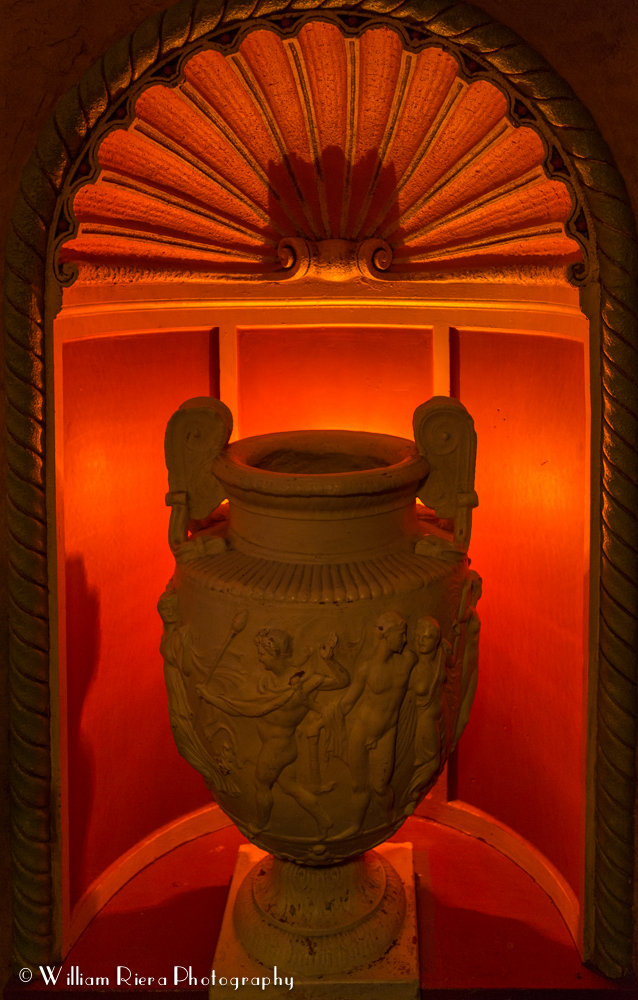
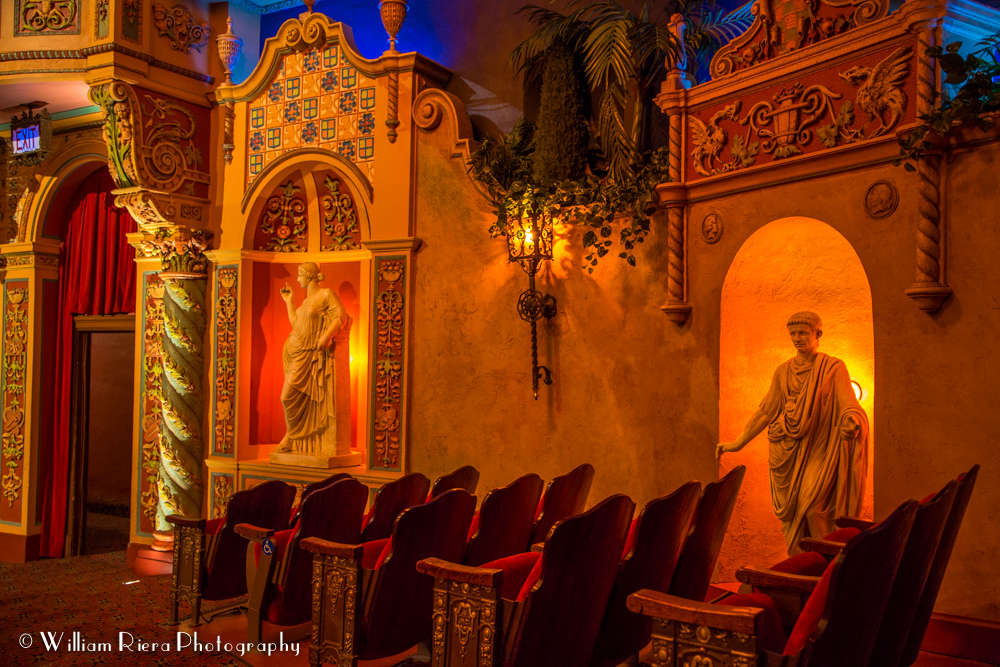
2014 Overtown Music and Arts Festival
Overtown is one of Miami’s earliest historically black communities. The area we now know as Overtown was originally called Colored Town and was designated by Henry Flagler and Julia Tuttle as the location for black laborers and their families to live. Overtown was both nationally and international recognized. It was commonly referred to as “Miami’s Little Broadway” and rivaled the Harlem night scene of New York. Famous artists’ of the day, such as Ella Fitzgerald, Duke Ellington, Billie Holiday, Count Basie, Sarah Vaughn, Aretha Franklin, Etta James, and a host of others performed and stayed in Knight Beat Lounge and Hotel, The Carver Hotel, The Rockland Palace, The Dorsey, The Marsha Ann and The Lord Calvert.
Annual Overtown Music and Arts Festival is an event organized to promote economic development, community enrichment and bring excitement to Overtown.
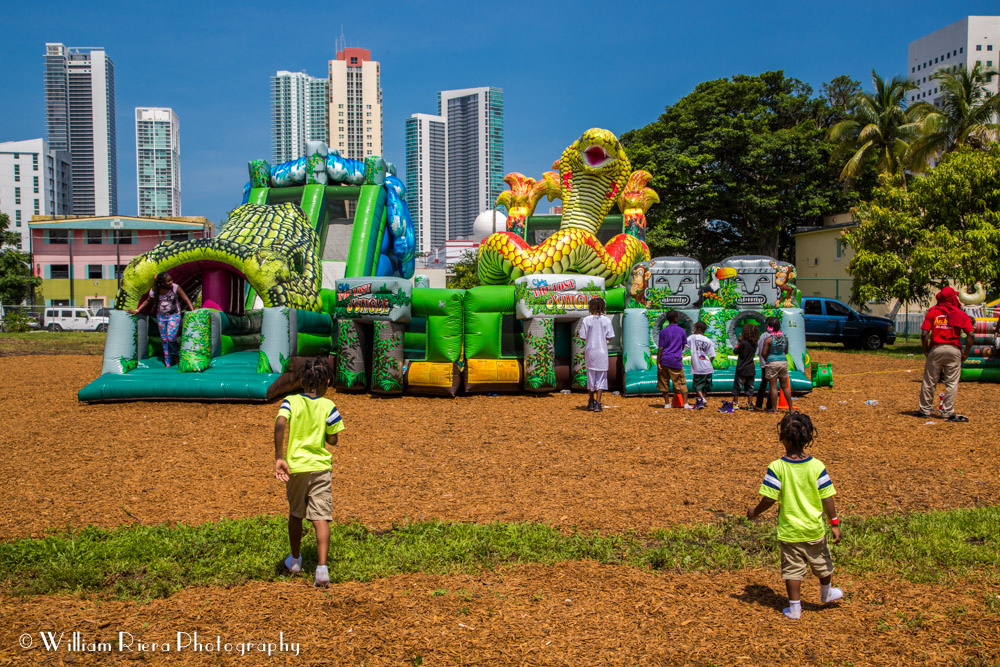
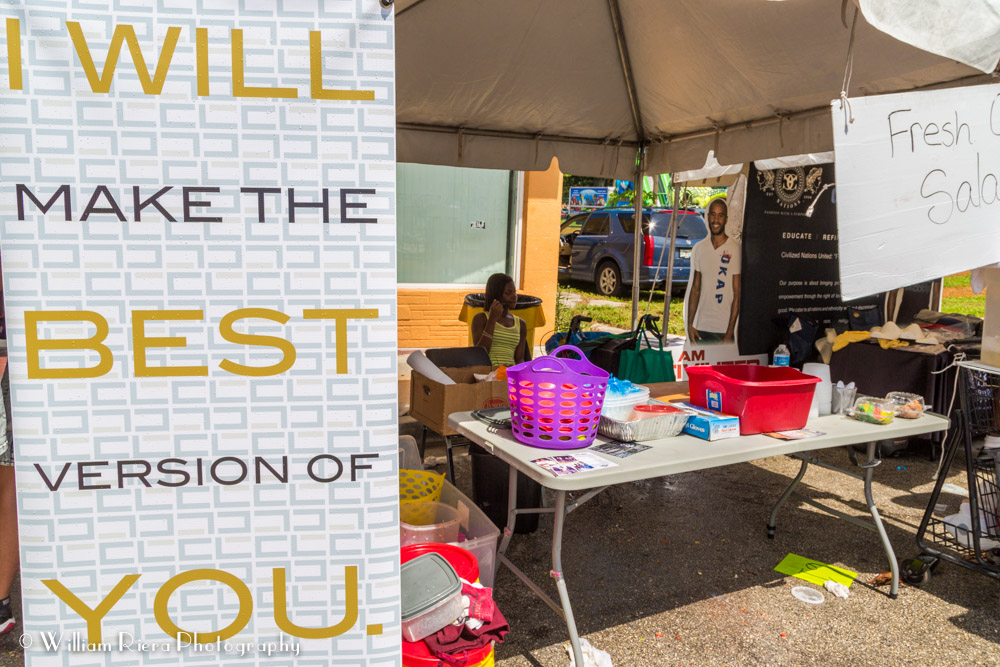
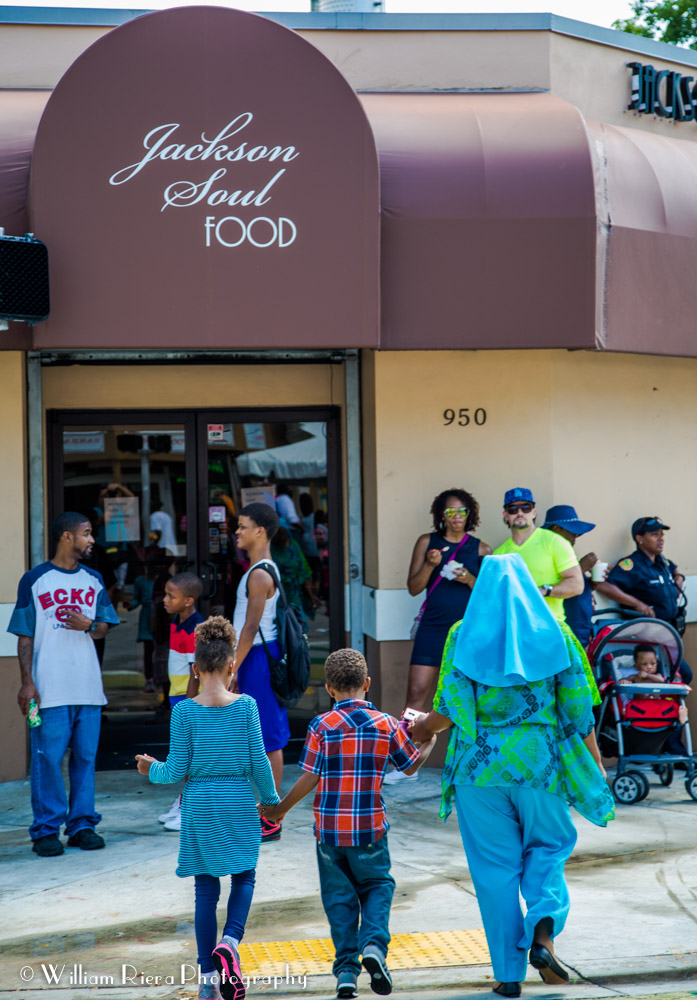
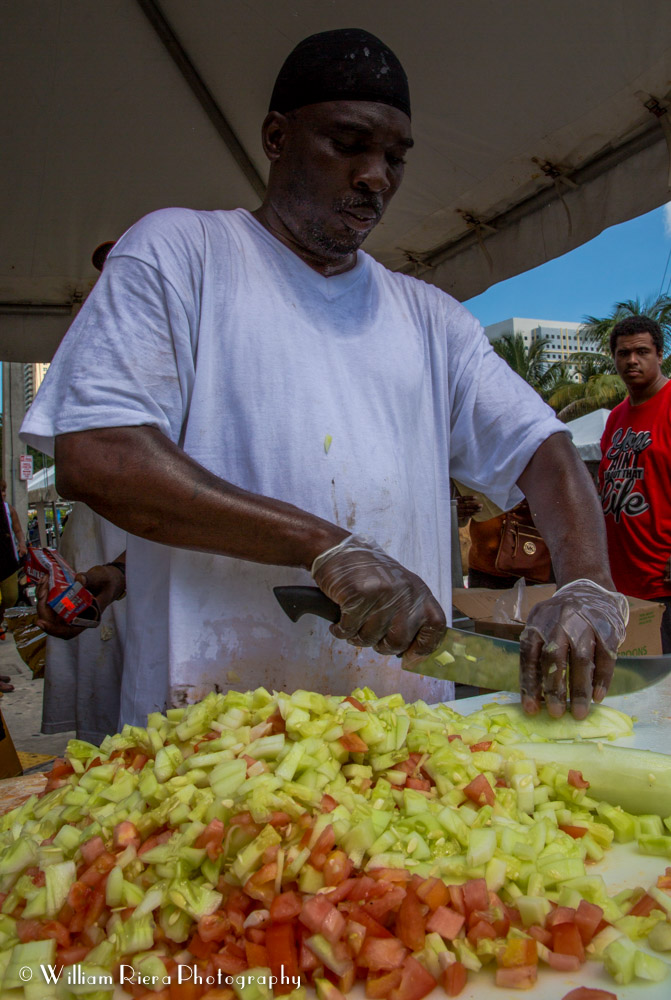
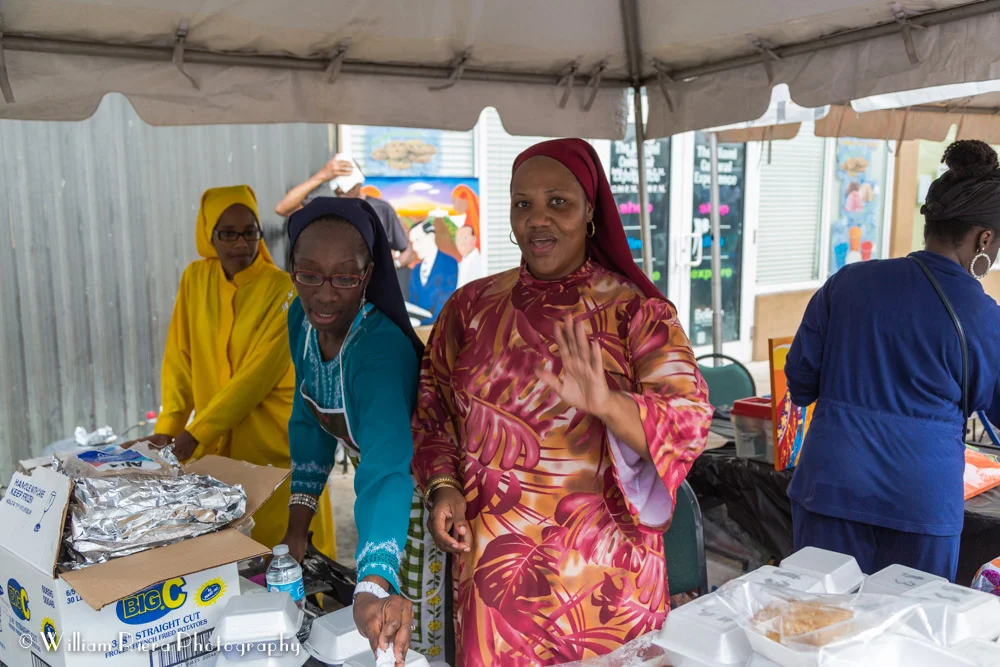
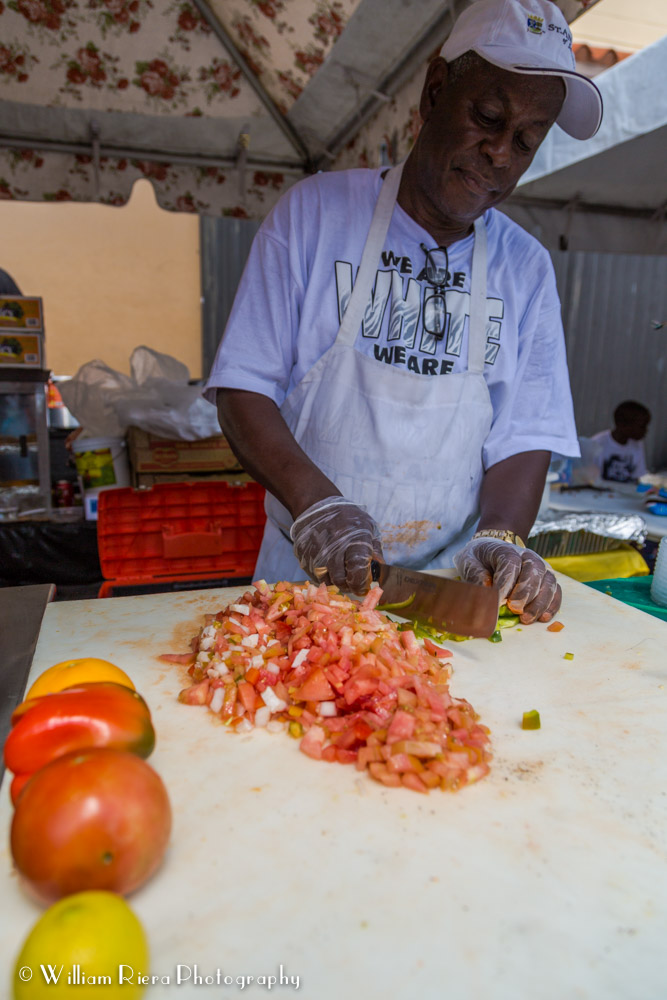
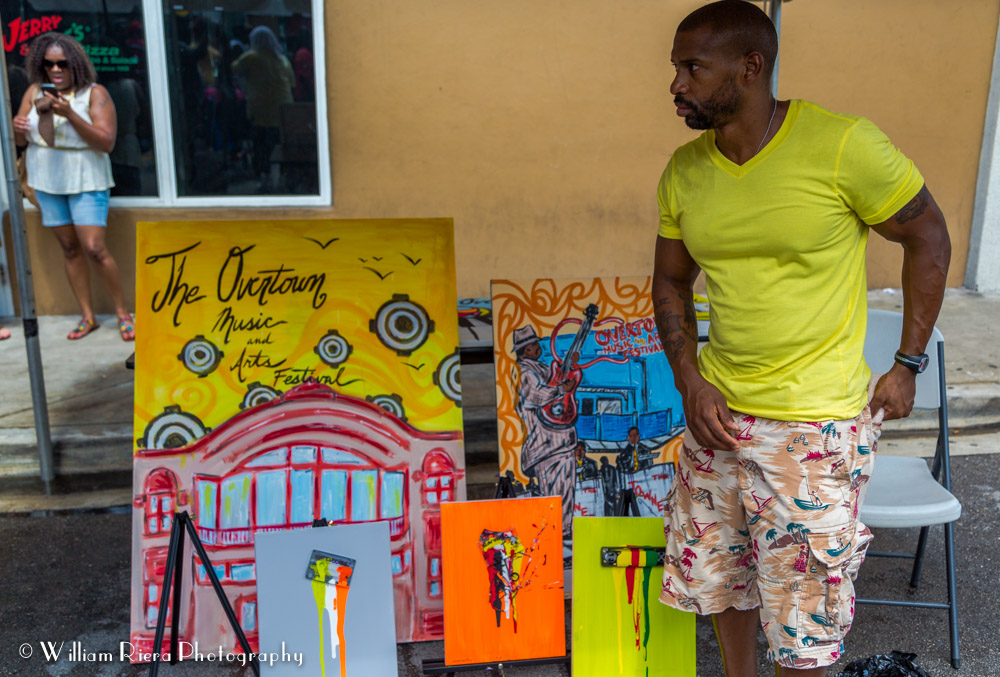
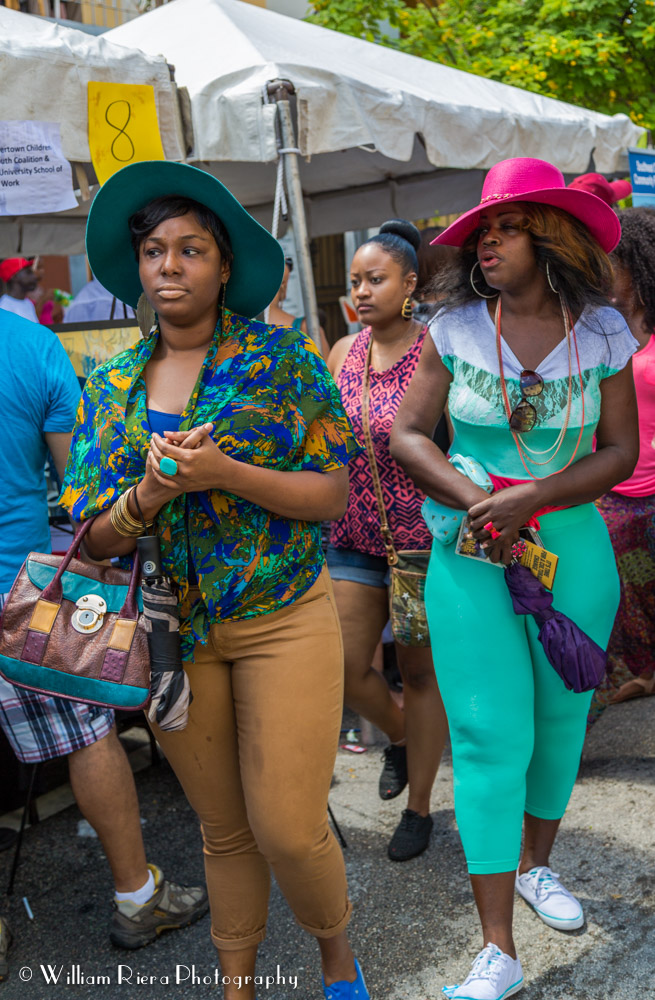
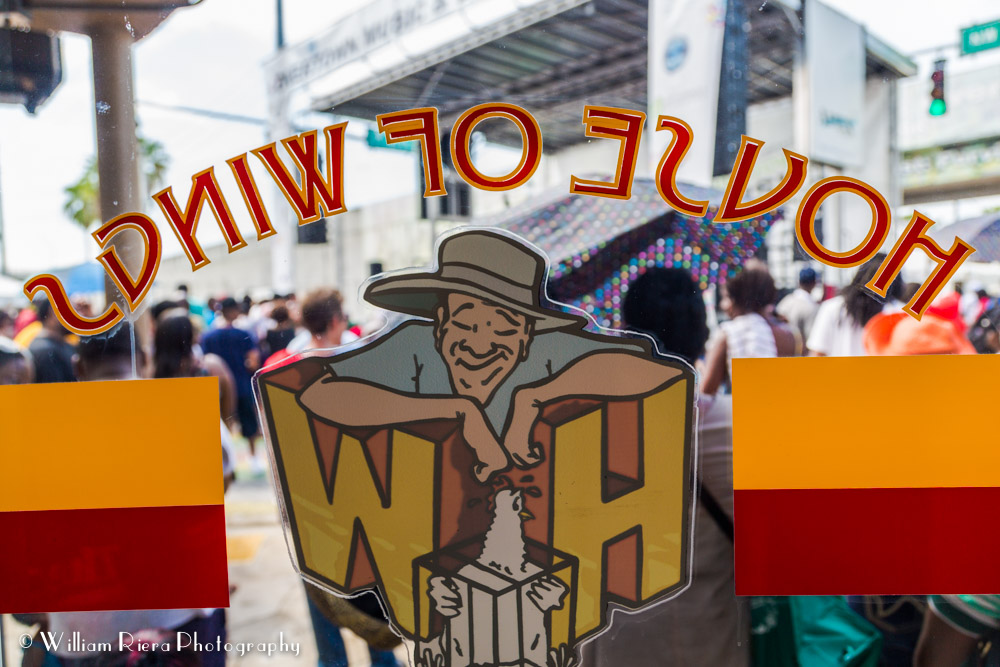
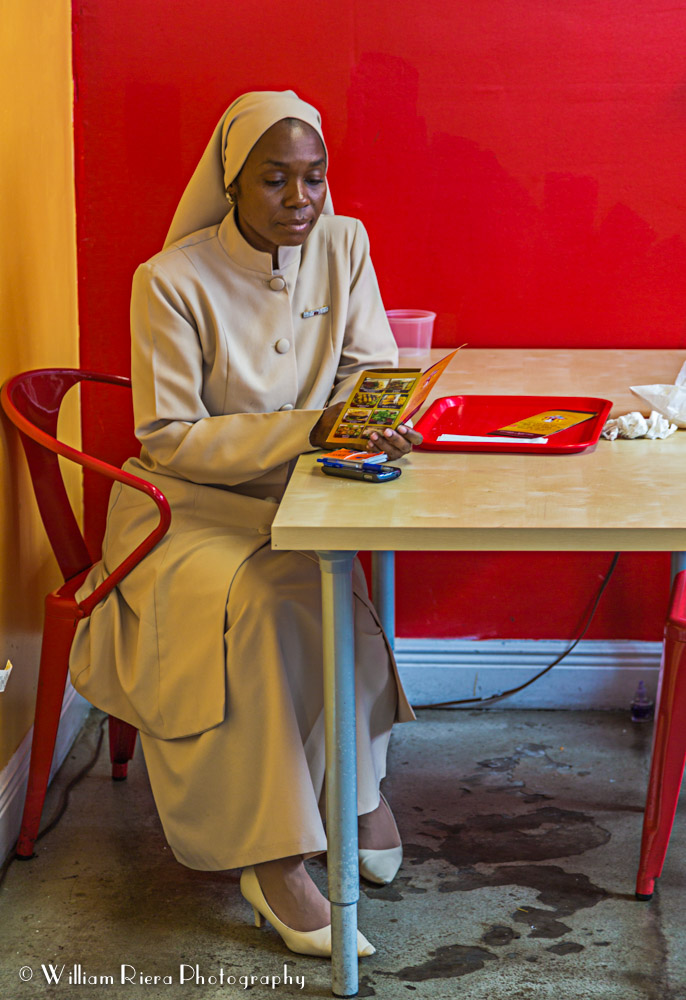
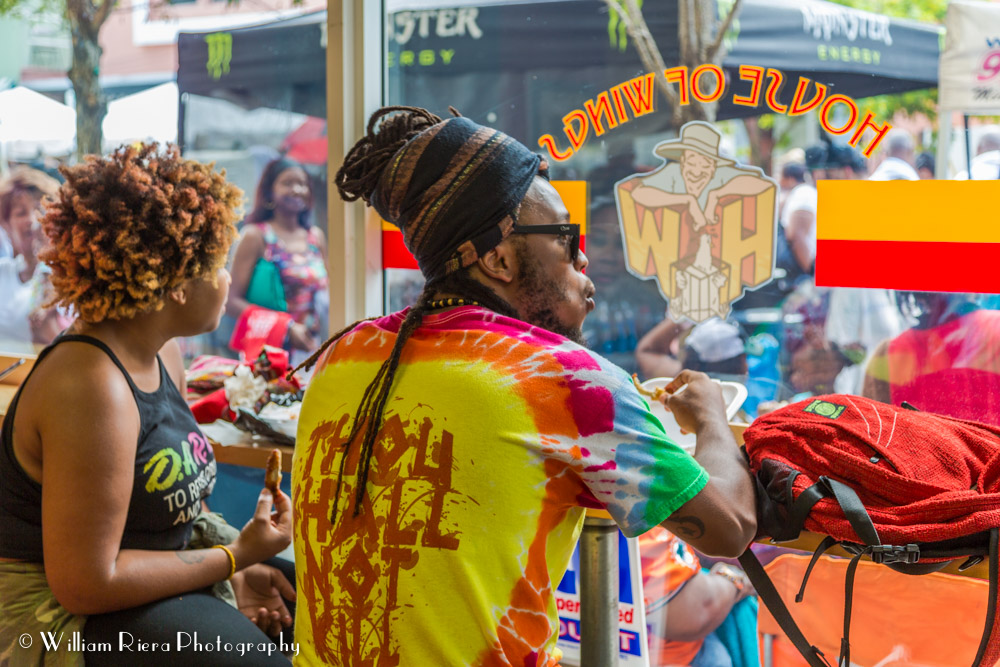
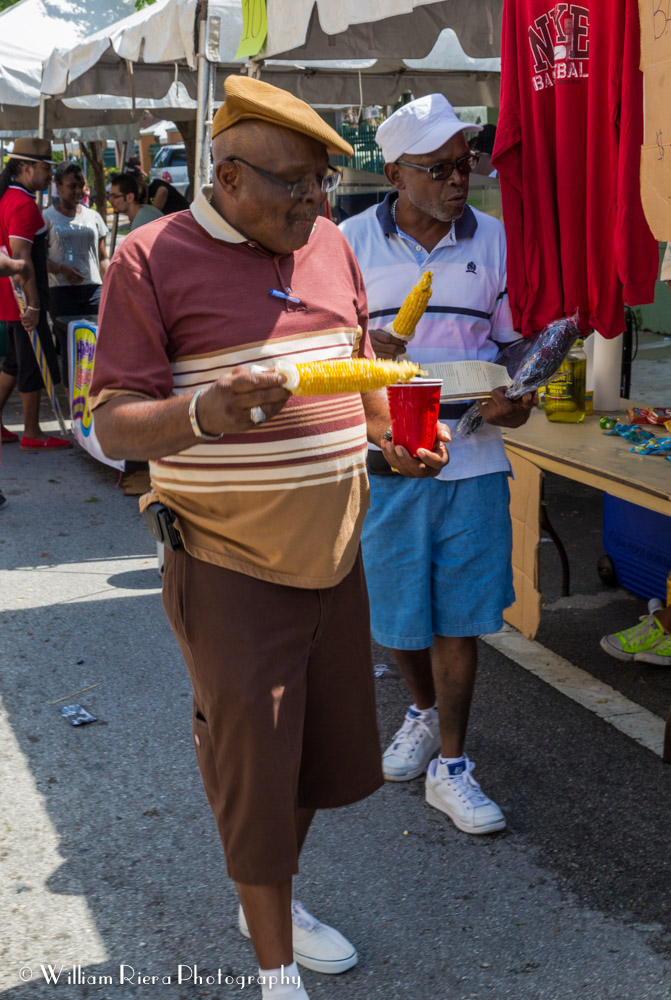
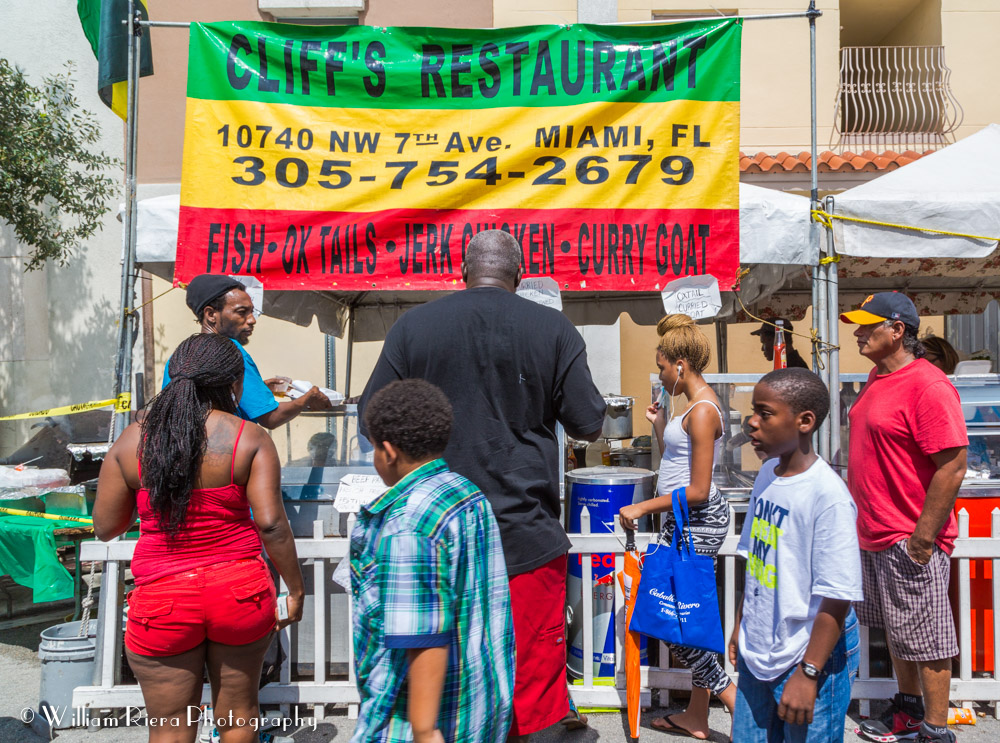
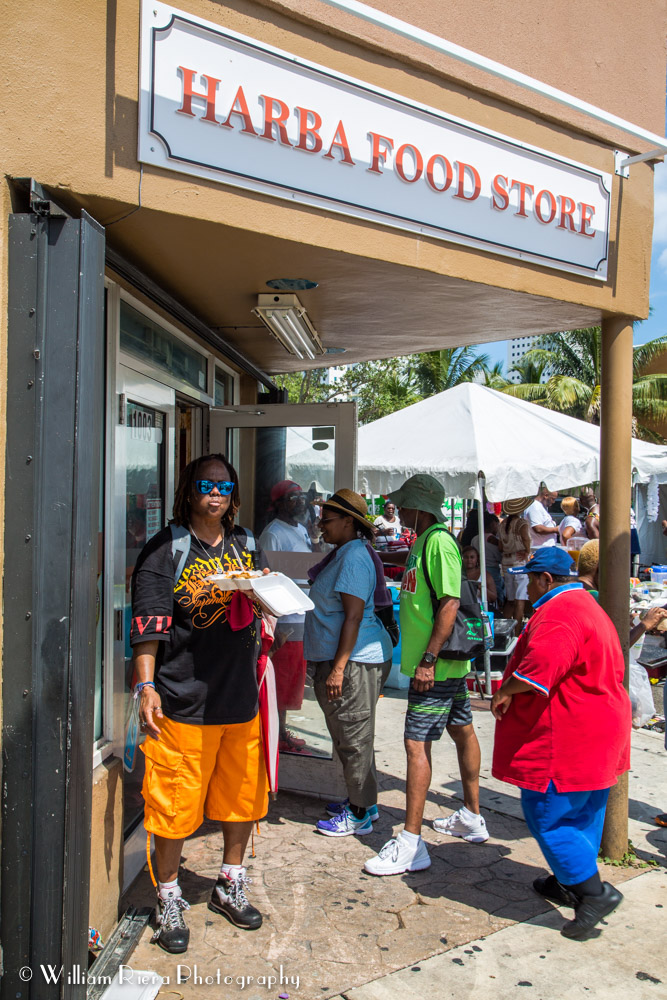
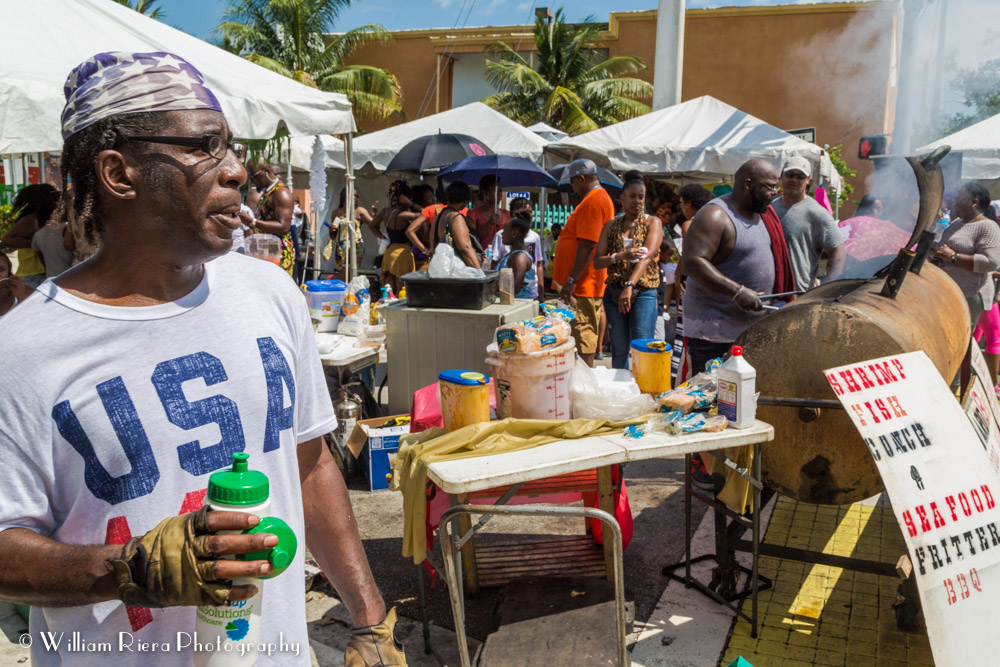

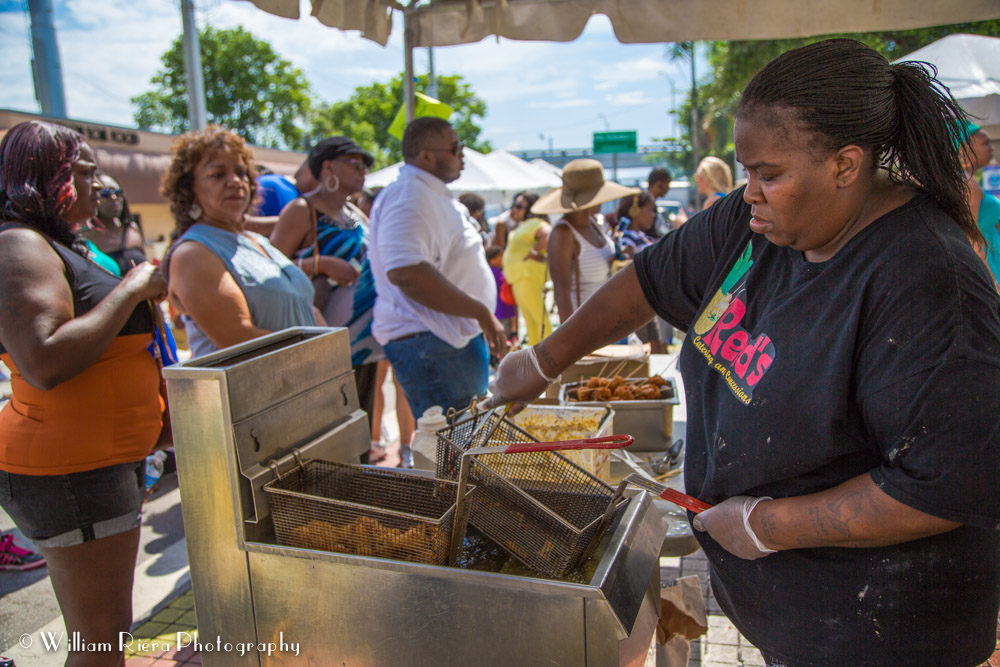
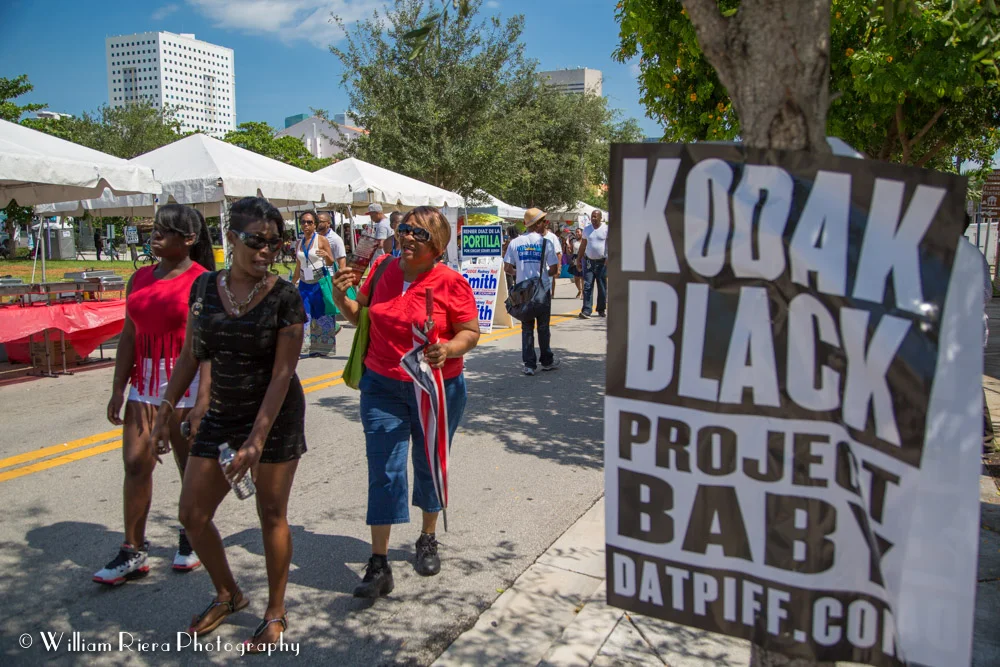
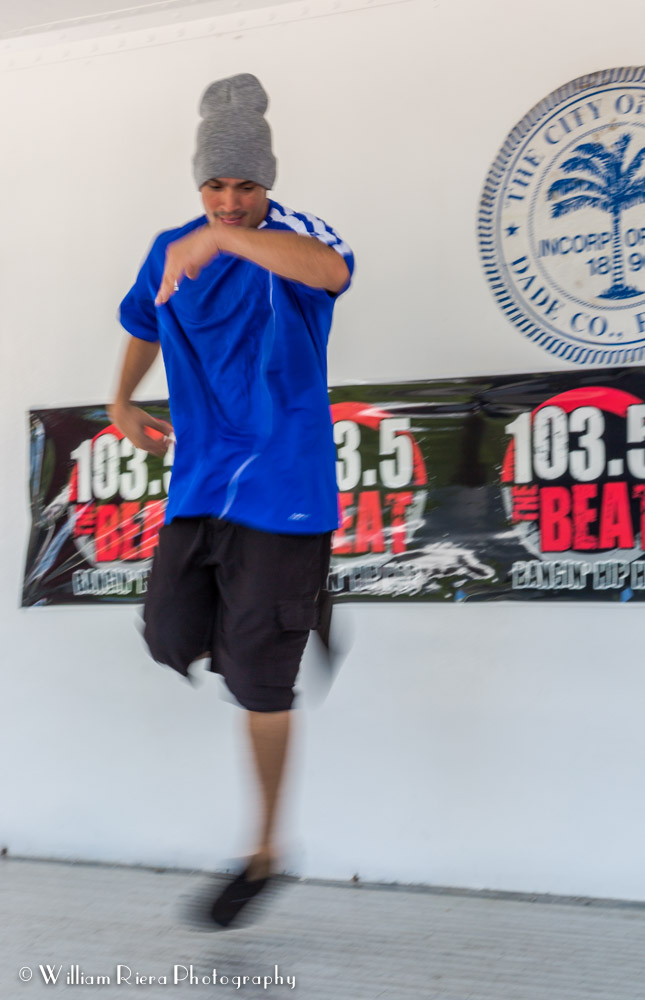
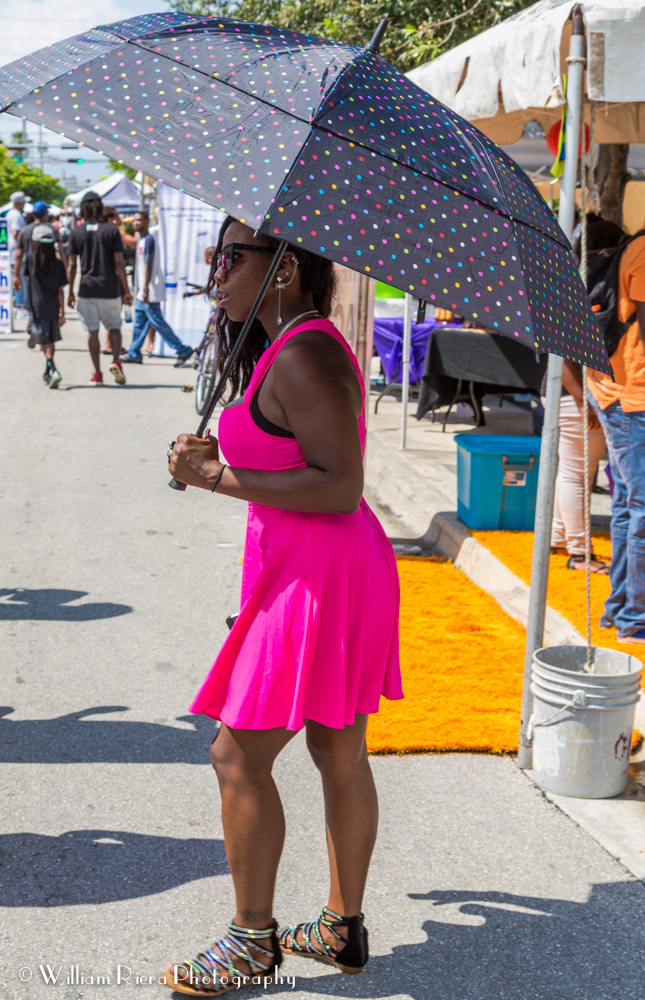
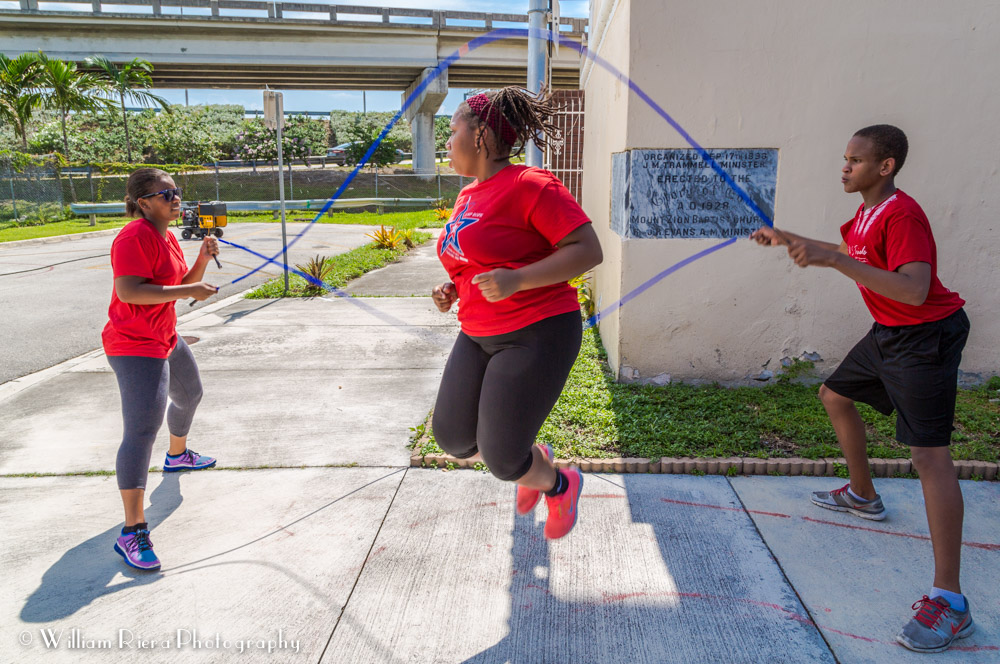
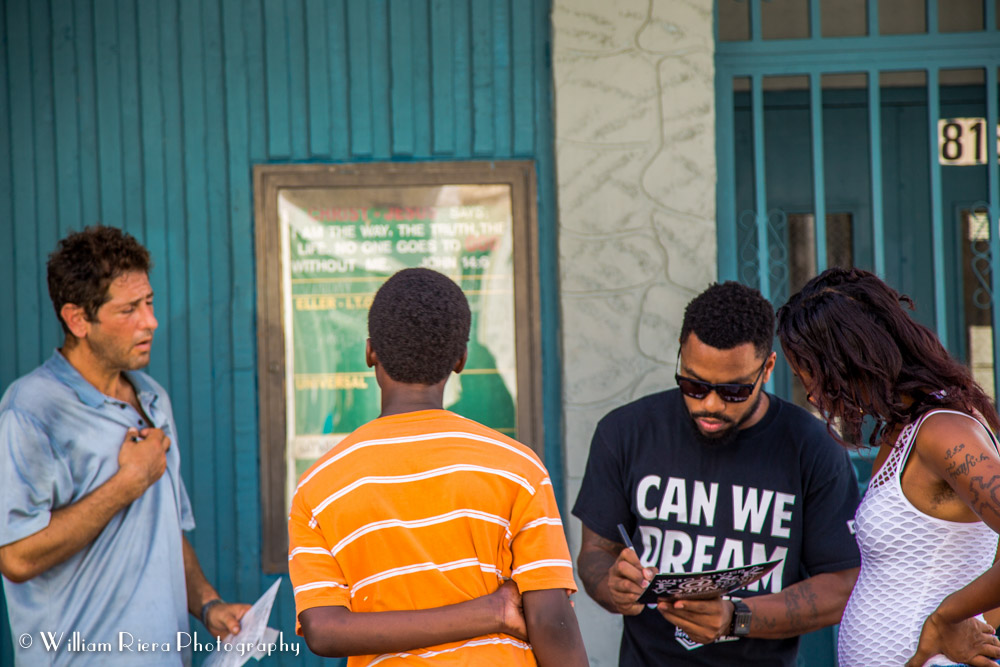
The Happy Campers...
The Star Spangled Will Always Wave...
Sculpture "Dropped Bowl with Scattered Slices and Peels"
Artists: Claes Oldenburg, Coosje Van Bruggen
Collection: Miami-Dade County Art in Public Places
Material: Concrete, Aluminum, Cast Resin, Computerized Fountain
Created in 1989.
This monumental outdoor sculpture represents an imaginary moment in time when a huge bowl of orange slices and peels drops to the ground and shatters. The artwork includes eight bowl fragments in cast concrete with an overall weight of 124,000 lbs., four peels in steel plate with painted surfaces, and five orange sections executed in reinforced cast resin. Oldenburg and Bruggen are world renowned for creating large-scale, site-specific works in urban settings.














































